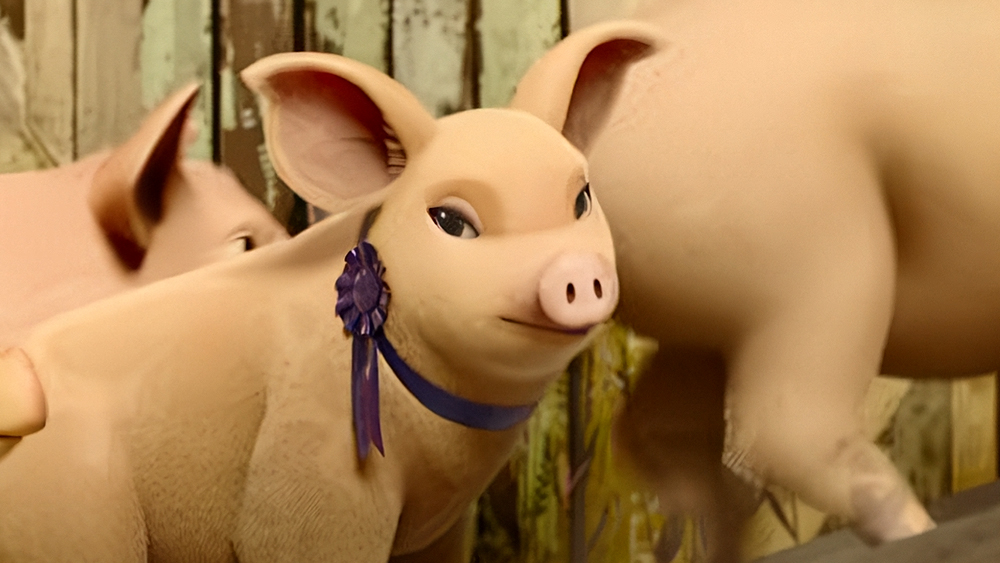7 survival tips for design graduates

Graduating from university is a huge achievement that should be celebrated, but for a lot of college leavers, the hard work starts once you're out of the classroom and trying to forge a career.
Learning how to network, building a name for yourself and progressing up to bigger jobs are all par for the course, and as we saw in our assessment of design graduates, universities are better than they once were when it comes to prepping students for the real world.
There's always more to learn though, so to help fresh-faced graduates on the long road to success, we've rounded up some of the biggest names in the industry to hear what graduates need to know in order to survive.
01. Be patient
“Understand the role and studio/clients you want to work for, show interest, do your research and don’t expect things to happen overnight,” says co-founder and director of The HudsonBec Group Will Hudson. “Everyone at the end of the phone or email was once where you are now. Persevere.”
02. Recognise your value
“Understand the value that you bring to any situation and don’t waste your time working for free, as it shows that you don’t see that value in yourself,” advises Intern Magazine editor Alec Dudson.
03. Start friendships
“Research the projects instead of the agencies. Befriend people, say hi and complement them on their work,” enthuses designer Jenny Theolin. “Collaborate with agencies – maybe there is a project or an idea you can ask their mentorship for? Or maybe they want to do it with you?”
04. Be entrepreneurial
“Be a great storyteller. Be curious. But also, have a good understanding of business and brands,” advises Neil Bennett, strategy director at LOVE.
Daily design news, reviews, how-tos and more, as picked by the editors.
05. Take a genuine interest
“You have to naturally pool people around you that you get on with, that you share values, principles and a work ethic with,” advises Craig Oldham. “Otherwise you become that person who goes in hard at a social event, banging business cards under everyone’s nose. And in my experience, no one likes that person.”
06. Solve problems
“It’s easy to get caught up in the next ‘it’ technology or buzz area, but it’s important to remember that a designer’s strongest and most important skill is research (both for the client and user), with the creative problem-solving ability to back it up,” reveals Shillington director Sarah McHugh.
07. Learn from mistakes
“I’ve made plenty of mistakes, too many to mention. I’ve been broke, worked with terrible clients but all of those experiences have taught me an immeasurable amount,” shares Dudson. “Failure is the best way to grow, there’s no beating it or getting around it.”
Lead image by Nate Kitch.
This article was originally published in Computer Arts, the world's best-selling design magazine. Buy issue 282 or subscribe.
Related articles:

Lisa Hassell is a creative coach and the founder of Inkygoodness – a global community on a mission to connect, inspire, and empower the next generation of artists, illustrators and creative entrepreneurs.
